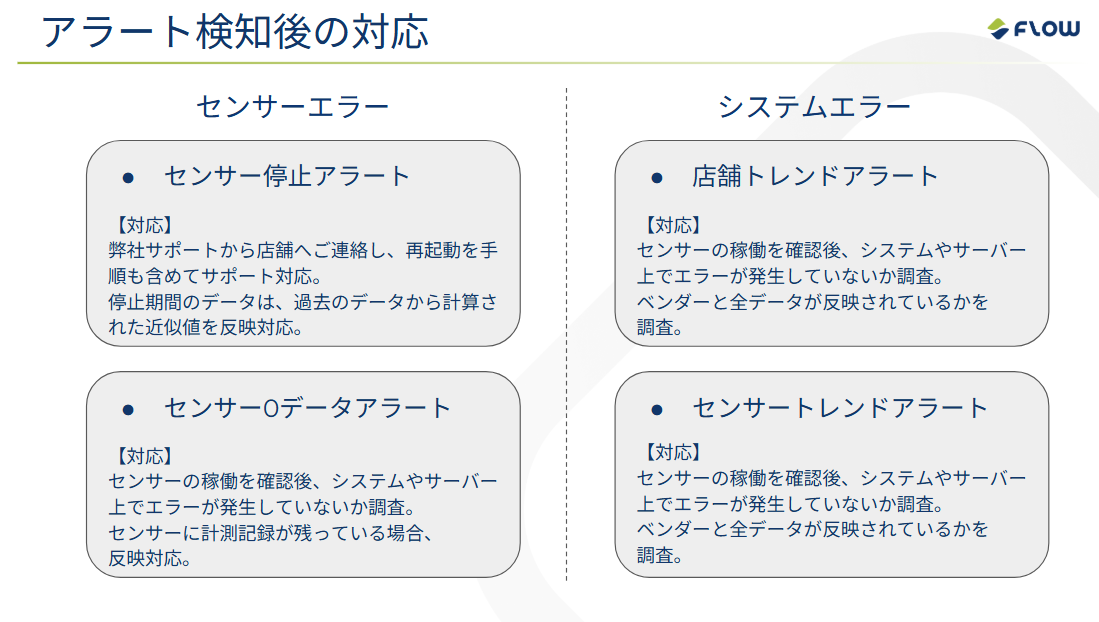Overview
To keep our data accurate and catch potential issues before they affect the business, we've introduced automated alerts. These alerts monitor KPIs like visitors and foot traffic out front, catching things like anomalies, offline sensors, and unusual trends. Below, we've outlined each type of alert, what it's for, and what triggers it.
Login Anomalies
We check the server's behavior every 5 minutes.
If something goes wrong inside the SSO server (login authentication), an alert gets sent internally.
The server will try to restart automatically to recover, but if that doesn't work, we'll reach out to you again.

Sensor Stopped / Data Sync Issues
NO Data Alert
The NO Data Alert is designed to detect situations where a sensor goes offline or can't send data. The main goal of this alert is to quickly catch connectivity or hardware issues, so you can always keep track of customer visits and passerby trends without missing a beat. This gives real-time visibility into store performance and helps stop long periods of missing data.
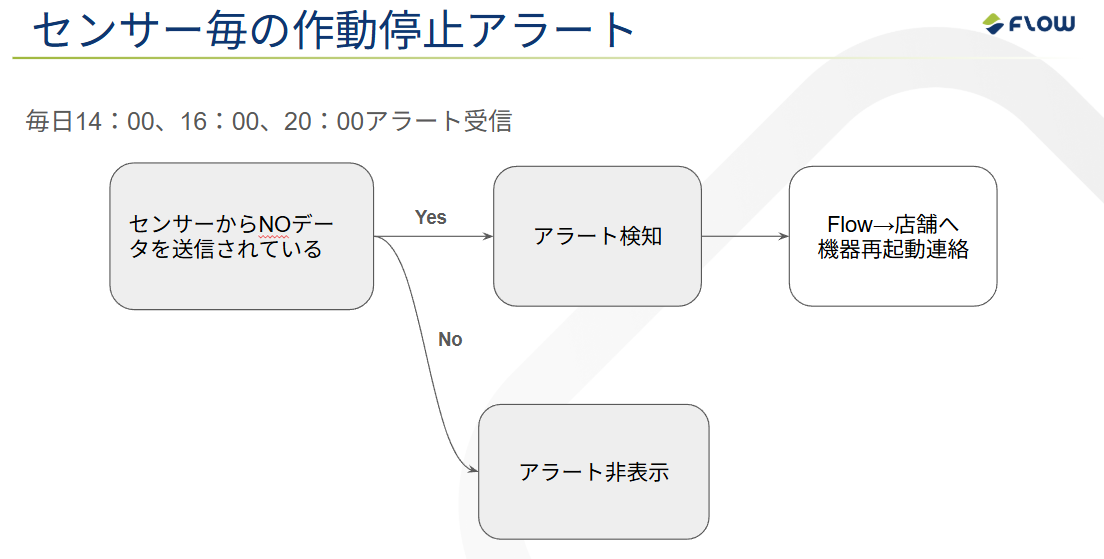
Zero Data Alert
The Zero Data Alert is set up to always catch if a sensor is online but only ever reports zero counts. This helps find things like a sensor glitching out or a calculation error on the server. By making sure the sensor is actually picking up and reporting real movement data, this alert helps keep your traffic and pedestrian metrics reliable.
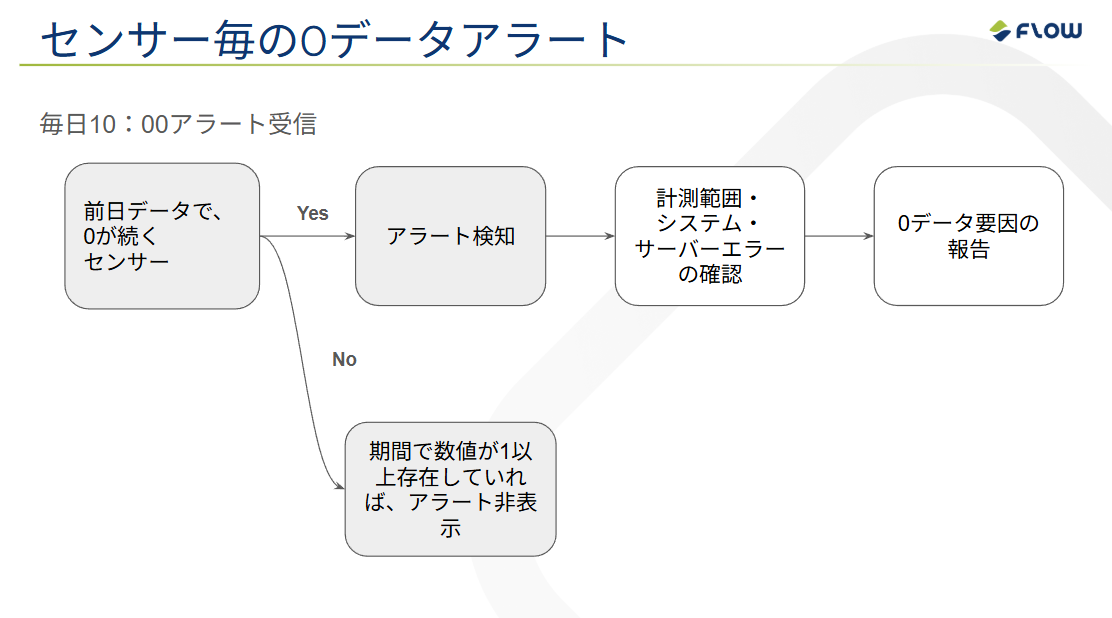
Data Anomaly
Store Data Trend Alert
The store trend alert gives you insights about store performance by comparing KPIs over different time periods. By analyzing in-store visitors, the number of people passing by the store, and other KPIs, this alert helps you spot big increases or decreases in store activity. Understanding these trends lets you catch sudden changes and check whether there’s anything unusual with the sensors.
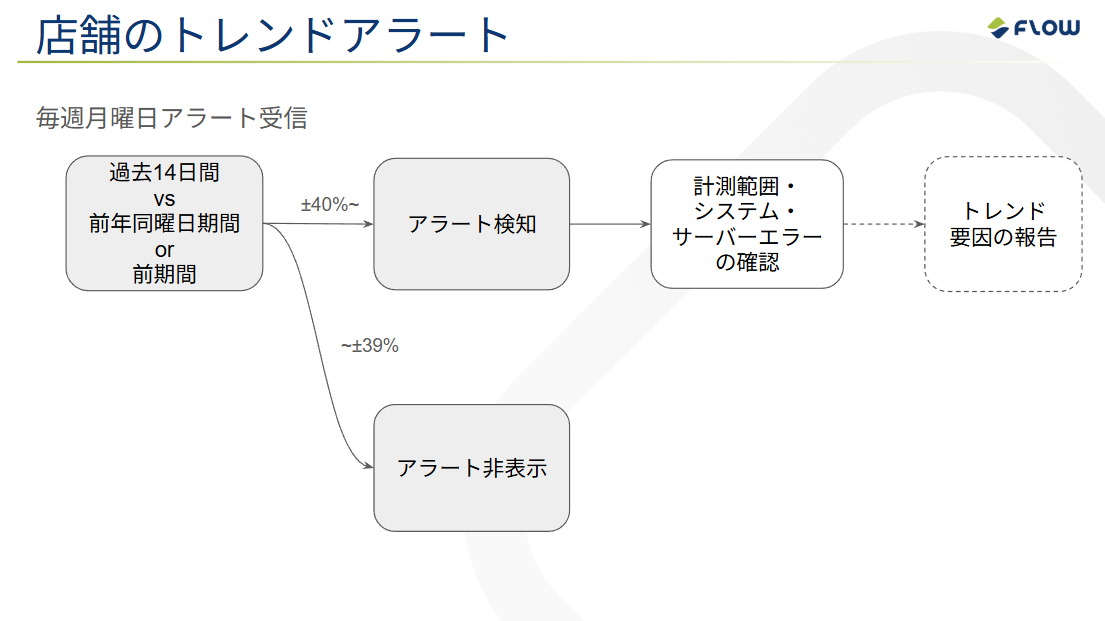
Sensor Trend Alert
Sensor trend alerts focus on the long-term trends in each sensor's store visits and foot traffic by comparing recent sensor performance with the same period last year. This helps spot unusual patterns that might point to operational issues, environmental changes, or shifts in customer behavior. Keeping an eye on these trends helps determine if there's something off with a sensor.
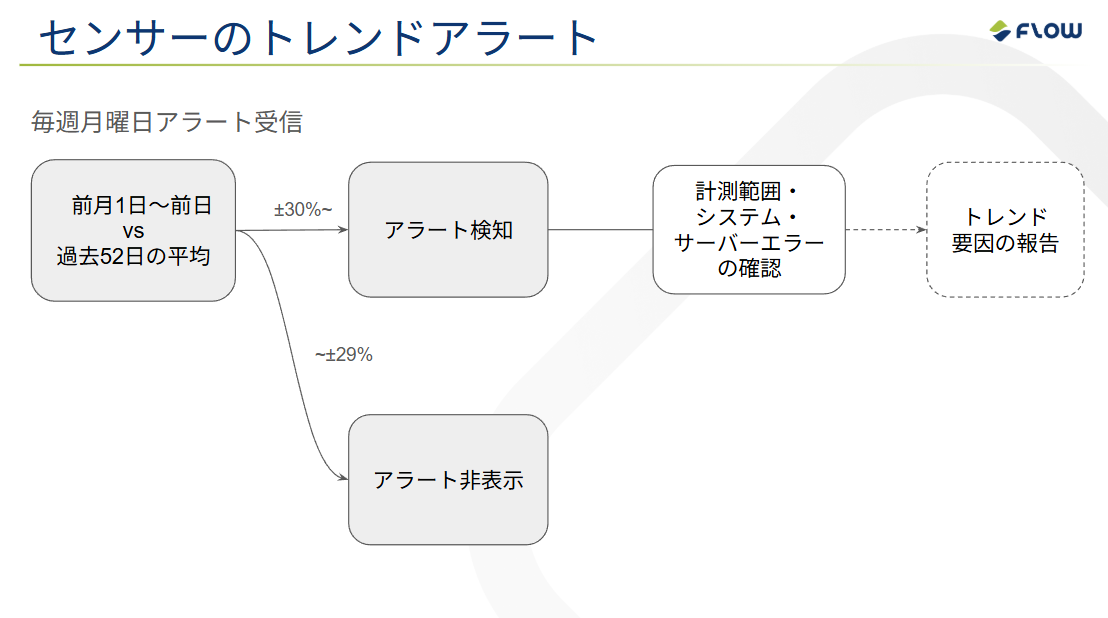
What to do after getting an alert
After you get each alert, we'll let you know what we'll do on our end.
